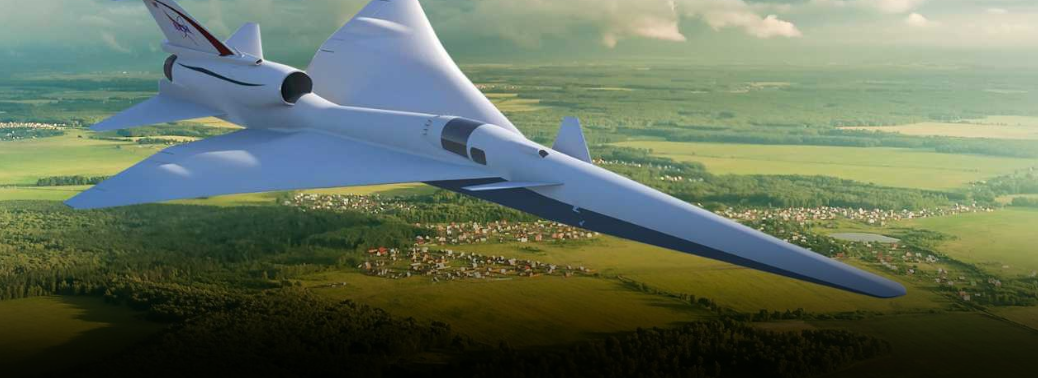NASA captures images of supersonic shockwaves
09, Mar 2019

NASA has captured unprecedented photos of the interaction of shockwaves from two supersonic aircraft, part of its research into developing planes that can fly faster than sound without thunderous “sonic booms”.
When an aircraft crosses that threshold — around 1,225 km per hour at sea level — it produces waves from the pressure it puts on the air around it, which merge to cause the ear-splitting sound.
In an intricate manoeuvre by pilots at NASA’s Armstrong Flight Research Center in California, two supersonic T-38 jets flew just 30 feet apart below another plane waiting to photograph them with an advanced, high-speed camera.
The rendezvous — at an altitude of around 30,000 feet — yielded mesmerising images of the shockwaves emanating from both planes.
With one jet flying just behind the other, the shocks are going to be shaped differently. This data is really going to help us advance our understanding of how these shocks interact.
Sonic booms can be a major nuisance, capable of not just startling people on the ground but also causing damage like shattered windows and this has led to strong restrictions on supersonic flight over land in jurisdictions like the United States.
About NASA
- The National Aeronautics and Space Administration (NASA) is an independent agency of the United States Federal Government responsible for the civilian space program, as well as aeronautics and aerospace research.
- NASA was established in 1958, succeeding the National Advisory Committee for Aeronautics (NACA).
- The new agency was to have a distinctly civilian orientation, encouraging peaceful applications in space science.
- Since its establishment, most US space exploration efforts have been led by NASA, including the Apollo Moon landing missions, the Skylab space station, and later the Space Shuttle. NASA is supporting the International Space Station and is overseeing the development of the Orion Multi-Purpose Crew Vehicle, the Space Launch System and Commercial Crew vehicles.
- The agency is also responsible for the Launch Services Program which provides oversight of launch operations and countdown management for unmanned NASA launches.
NASA science is focused on better understanding Earth through the
- Earth Observing System;
- Advancing heliophysics through the efforts of the Science Mission Directorate’s Heliophysics Research Program;
- Exploring bodies throughout the Solar System with advanced robotic spacecraft missions such as New Horizons; and
- Researching astrophysics topics, such as the Big Bang, through the Great Observatories and associated programs.






